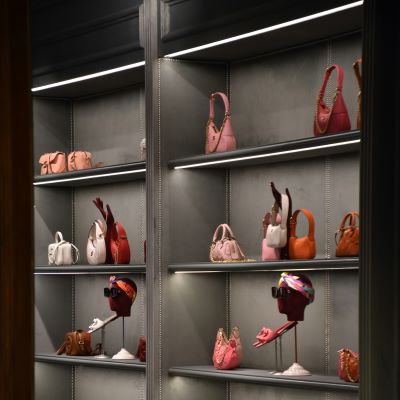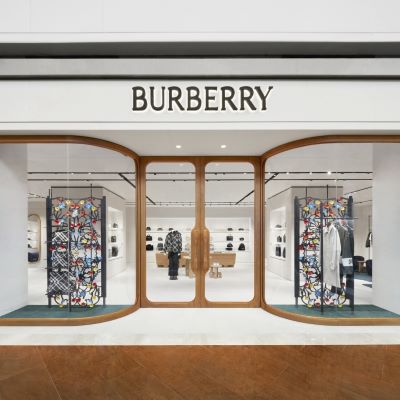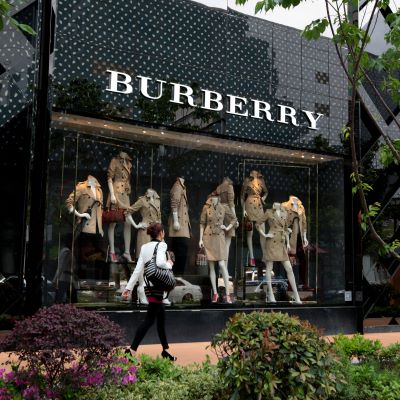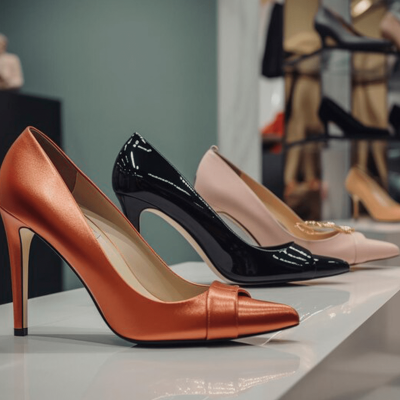Register to continue reading for free
Luxury hit a rough patch

Looking back on the first half of the year, it would be hard to argue that luxury is in for a smooth ride. Will this challenging period continue? And for how long?
The slowdown in the luxury market was confirmed beyond doubt when LVMH reported its first half results. Organic sales growth slowed to 1% from 3% in the second quarter, with China remaining a weak sport for the Group and exchange rate fluctuations negatively impacting profitability. However, household names such as Kering, Ferragamo and Burberry are definitely in red. Only Hermès and Prada seem to stand out in this gloomy scenario.
According to analysts from HSBC Holdings, based on their estimates of prior-year sales, luxury sales growth excluding currency movements could be just 2.0% in 2024, the sixth-worst year in the past two decades (businessoffashion.com).
As a result, valuations across the sector have collapsed. If we look at LVMH, we see that it is at its lowest level in two and a half years, having lost more than 30% of its value. But this is good when you consider that Kering, which continues to fail to revive its golden goose Gucci, has its shares at a seven-year low, or Burberry’s case, which has just lost its place in the FTSE 100, resulting in its lowest market value in 15 years.
The main culprits are the US, where demand for luxury cooled a few months ago, and, especially China, whose buyers accounted for 23% of the global personal luxury goods market last year (according to Bain & Co.). As the country’s economy deteriorates, consumers there appear to be wearing luxury differently, mixing it with cheaper brands and spending more on experiences. The point is, will this challenging period continue beyond 2024?
Luca Solca, head of luxury goods research at Bernstein, advises us to take a macro view, arguing that the fundamentals of luxury remain largely intact.
The fact that the US Federal Reserve has just cut interest rates by 50 basis points suggests a welcoming change in monetary policy. With more money in circulation, companies may find it easier to invest in new projects and hire more workers, which can boost economic growth, and stocks may become attractive to investors again, causing prices to rise.
Looking now at China. According to Eswar Prasad, professor of international trade and economics at Cornell University, as reported by CNBC, Beijing’s economic outlook for the second half of the year is “flashing red, or pretty close to red”. Led by a downturn in the housing market and short-term problems with domestic demand, particularly private investment and household consumption, China’s output has also recently started to slow.
However, Duncan Wrigley, chief strategist at Everbright Securities International, told CNBC that we have yet to see a systematic financial crisis in China. “To some extent, the Chinese government has managed to insulate this big adjustment in the housing market from the financial sector and prevent a bigger crisis. So instead, they’re going through this sort of slow, painful, grinding adjustment,” Wrigley added.
From a macroeconomic point of view, the main unknowns remain the development of the Chinese economy, the outcome of the US presidential election in November and the future of US-China relations.
Solca doesn’t believe so, and invites us to look at the past. “Historically, soft patches in demand have been 4-6 quarters, and subsequent demand recoveries have been rapid”, he wrote in Business of Fashion. In addition, “if our 2024 forecasts are correct (or too optimistic), in 2025 the luxury goods industry will face its easiest comparable (excluding 2020) since 2017, a year of strong growth”.
That’s not to say that the luxury universe has no homework. The recent leadership and creative changes at Burberry and Gucci are promising, but the long-term success of these efforts remains to be seen. And what are Hermès and Prada doing well? Is there anything to learn from their focus on craftsmanship and the sense of exclusivity generated by their often-limited-edition collections? We’ll continue to follow the road of luxury back to a better place.
Sources: businessoffashion.com and cnbc.com
Image Credits: Arno Senoner on Unsplash








